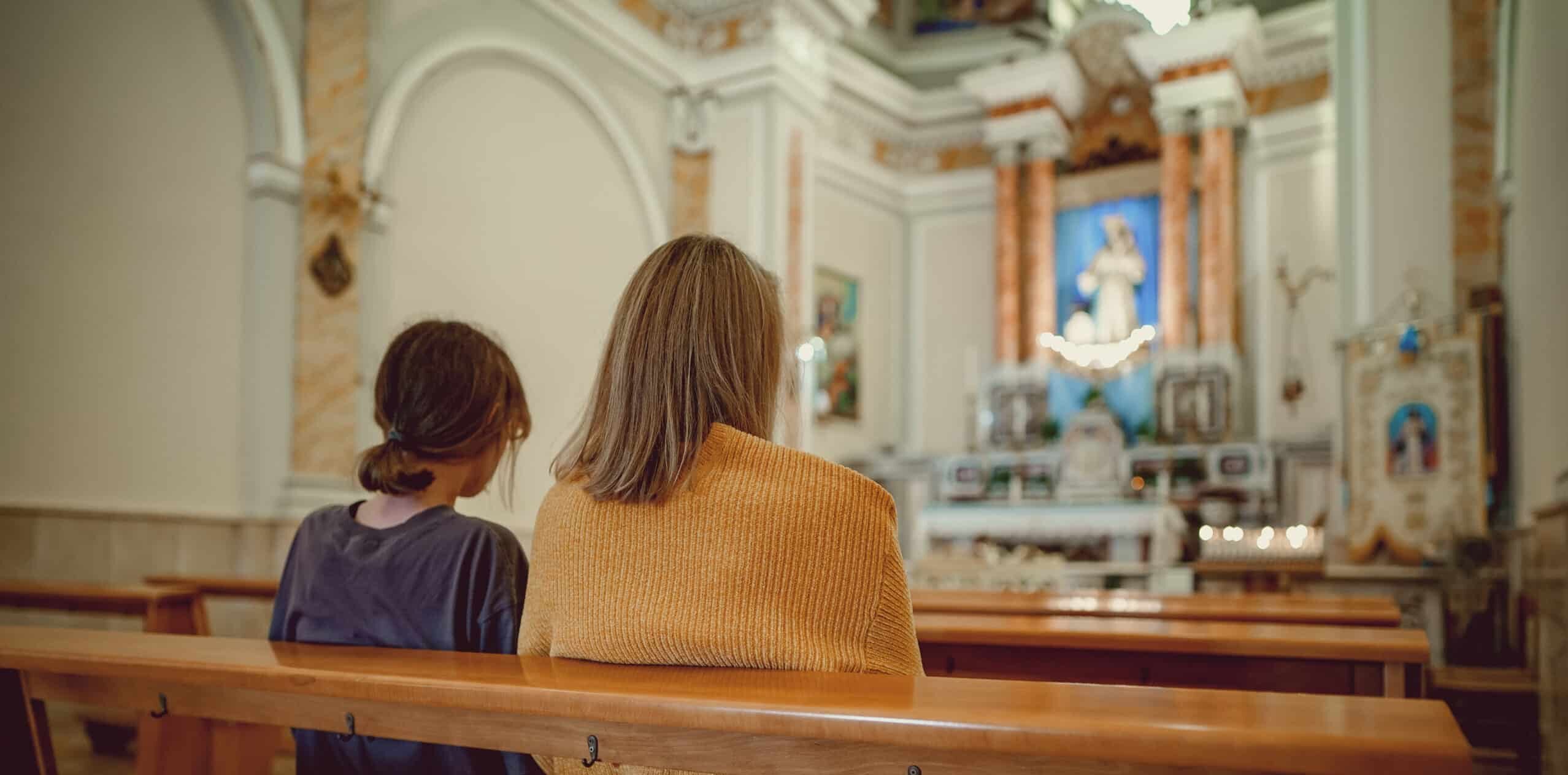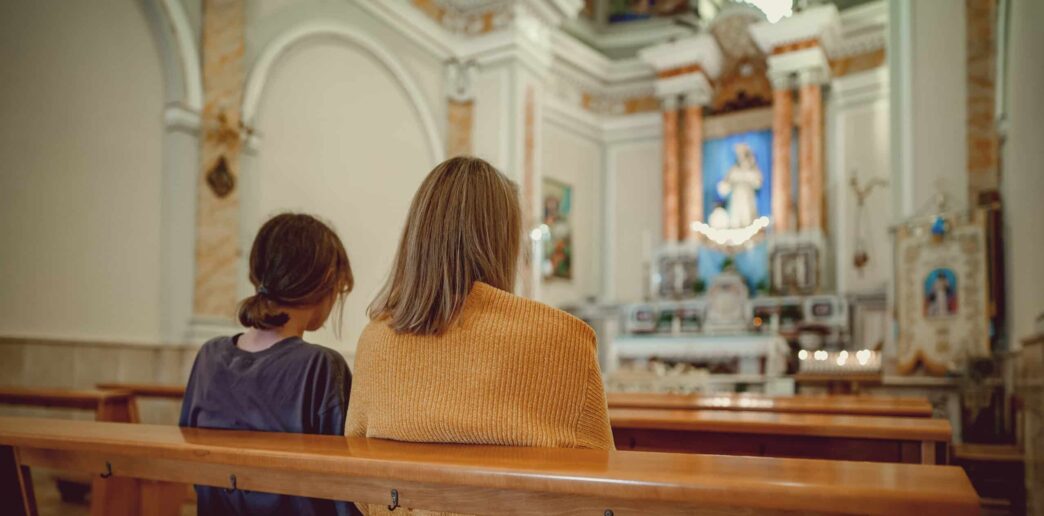If you’ve spent any time with adolescents, you’re familiar with one of their more endearing traits: disproportionate development. They wake up one morning 4 inches taller, but it’s all in the legs, and their torsos are still the same size. Or maybe their arms and legs are the same length as they were last year, but their hands and feet have suddenly gotten huge. It’s adorable, and a little bit pathetic. Some kids grow so fast and so unevenly, they end up careening around, bumping into things and bouncing off the walls. It looks like they’re being careless and intentionally disruptive, and maybe they are; but a big part of it is that they literally don’t know what size they are.
It’s not only their bodies that are growing quickly but disproportionately; it’s their minds and their hearts and their consciences. So you may find them careening around the house not just physically, but intellectually or morally or socially. Their thoughts and feelings and desires and sense of self are developing fast, and not at an even pace. They are disproportionate, and it’s adorable, and a little bit pathetic.
And sometimes infuriating. Disproportionate development leads to some truly insane inconsistencies in their opinions and behavior. They often come across as wildly hypocritical, requiring the highest standards for other people and (apparently) the lowest for themselves. They can be self-righteous, and they can be very harsh, as well as emotional and ludicrously sentimental, sometimes in the same breath.
The standard explanation for this behavior is that their hormones are fluctuating mercilessly, so they’re under assault from the inside; and at the same time, the world is bombarding them from the outside with nonstop information, nonstop stimulation and nonstop nonsense.
These are all solid explanations for why adolescents act the way they do. But I find it easier to look at them with kindness when I remember that their most irrational behavior is not as senseless as it looks. In fact, it is a sign they are growing. It’s just that the growth is disproportionate.
The best thing you can do, for your own sanity and for their current and future good, is to look for, name and praise the parts that are getting big and strong and well-developed, and to be patient while the rest of them (it is to be hoped) catches up.
Seeing the good where it is
Here’s an example. When the Space Shuttle Challenger was preparing to launch, our class got copious lessons about Christa McAuliffe, the teacher who’d been selected to join the crew through the NASA Teacher in Space Program. She taught high school not an hour down the road from us, and the whole school followed her exploits enthusiastically.
Of course she never made it. The whole class was all glued to the screen as the ship exploded. It was horrible in many different ways.
But in the aftermath, very shortly after, a bunch of us complained to our teacher, Mrs. Blanchard, that we were tired of hearing about boring old Christa McAuliffe all the time. What about the other people who died on the ship? Didn’t they also matter? Didn’t they also have families? She wasn’t really special, and we didn’t want to hear any more about her!
I remember my teacher kind of blinking, pausing, and then saying, “Well … I think people your age have a very strong sense of justice. So I understand what you’re saying.”
In retrospect, she was probably forcibly preventing herself from saying, “Have some respect, you little creeps! Who do you think you are?” But instead, she chose to focus on the thing that we really were demonstrating, albeit in an unpleasant way: a desire for justice.
Praising virtue to make it real
That was almost 40 years ago, and I still remember how I felt when our teacher told us we had a strong sense of justice. I felt proud, and important. And I incoherently understood: “This is a good way to be. I should keep being this way.”
I don’t know what would have happened if she had said, “Shame on you! Christa McAuliffe was a great woman, and you should not say such things.” Probably we would have been angry and embarrassed, and that would have been the end of it. But instead, she chose to see what was even just potentially good and build on it. She named for us, in so many words, that we cared about justice. By naming it in its embryonic state, she helped bring it to fruition.
Since then, I have learned — sometimes very painfully — that a strong sense of justice is a good thing, but not much use on its own. There are other virtues that need to be cultivated along with justice, if it is to bring about good in the world: humility, kindness, prudence and mercy, for starters. But I am so grateful to Mrs. Blanchard for seeing what she saw: a bunch of unformed humans whose minds and hearts and consciences were developing unevenly, with a strong sense of justice that grew suddenly overnight and was out of proportion to the rest of the conscience. She saw that virtue and decided we needed to be encouraged, not swatted down. So she named it for us and helped it turn into something real.
It’s not easy to recognize virtue in adolescents, especially when they’re acting like little creeps. But with some imagination and a firm desire to look at them with love, we can see virtues even in the most trying kids. Helping them see it in themselves will pay off for the rest of their lives. Look for it and name it. And be patient.








